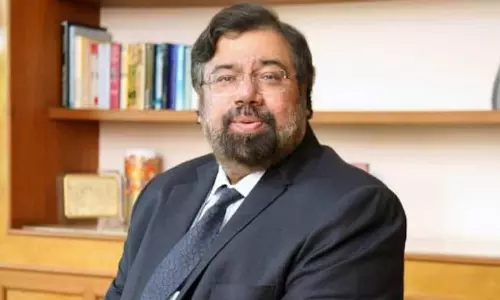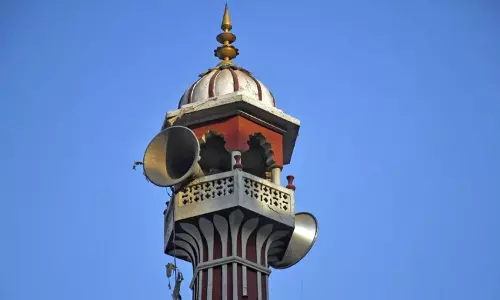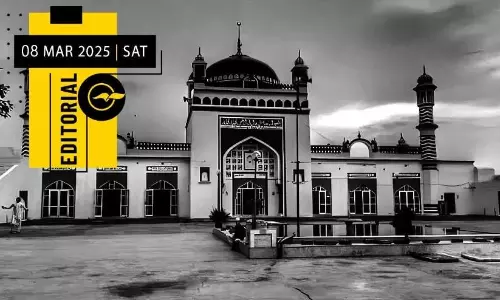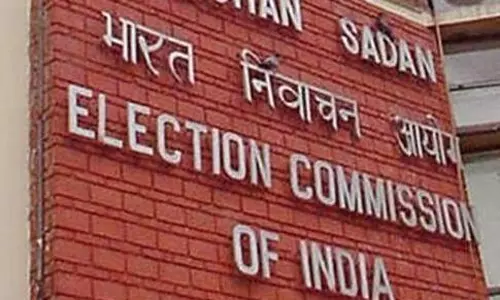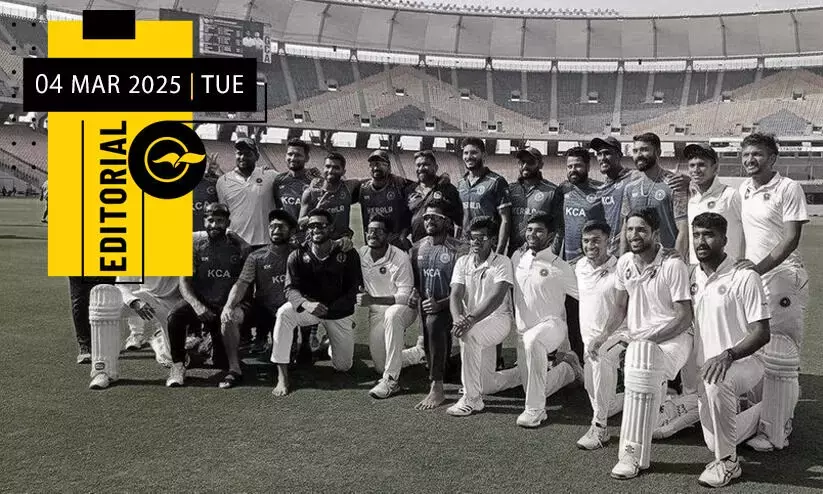
Celebrating the silver anniversary of ‘Going Smoke-Free’
text_fieldsIs there any constitutional right to smoke or toke? This unanswered legal claim and public health priority were aptly addressed and answered by the Division Bench of the Kerala High Court way back in 1999 in K. Ramakrishnan v. State of Kerala, with a profound understanding of the pathophysiology of smoking. It was on July 12, 1999, that the High Court came out with a monumental judgment banning smoking in public places. The landmark verdict penned by Justice K. Narayana Kurup thereby removed the smoke-screen on public smoking and became a revolutionary trendsetter, being the first ever judicial measure in the history of the world that uniquely addressed the scourge of smoking in public and passive smoke.
A long 25 years have now passed. What happened since then in the fight against the menace of tobacco smoking? The verdict, no doubt, still reverberates around the globe. The progressive and sublime transformation that it brought in the polity, particularly in pioneering the goal of ‘smoke-free generation’ is indeed amazing. It brought a change in the lives of the people and the habits of the people. It has also curbed smoking at home. It reinforced the global imperative to enact legislation to ban smoking in public places. Countries have resultantly come out with anti-smoking laws and Health Acts.
The smoking ban in the workplace has saved the economy. Today we hardly find anyone smoking in public transport and public places. It has liberated hundreds of thousands from the quicksand of tobacco and deaths from passive smoking has tremendously reduced the risk of heart attacks and helped to prevent lung cancer and emphysema. A people-centric approach was seen reflected in the Judgment whereby a court of law rose to the level of a peoples’ court offering just solutions for a perennial public health problem that plagued humanity satisfying the billion hopes and promoting the maximum happiness of the greatest number.
Unique synthesis on public health
Smoking is the leading cause of preventable death. Smoking not only injures nearly every organ of the smoker’s body, but it inflicts considerable damage on non-smokers too. In a Welfare State, it is the obligation of the State to ensure the creation and the sustaining of conditions congenial to human health. A healthy body is the very foundation for all human activities. The Court made a rare and exceptional judicial approach after taking stock of the danger of smoking and held that smoking in public places violated the atmosphere and was noxious to the health of persons present. The Court traversing on that major premise and reasoning declared that public smoking of tobacco in any form whether cigarettes, cigars, beedies or otherwise was illegal, unconstitutional and constituted a violation of Article 21 of the Constitution of India.
Justice K. Narayana Kurup on behalf of the Division Bench, after exhaustive and elaborate reference to legal and medical literature, international instruments and other known sources of law wrote: “Maintenance of health and environment falls within the purview of Article 21 of the Constitution of India and ETS(Environmental Tobacco Smoke or Secondhand Tobacco Smoke) adversely affects the life of the citizens by slow and insidious poisoning thereby reducing the very life span itself”.
The Judge in his inimitable style further deliberated the issue by observing that smoking dug not only their own graves prematurely but also caused a serious threat to the lives of lakhs of innocent non-smokers who get themselves exposed to ETS thereby violating their right to life guaranteed under Article 21.
In arriving at the conclusion, the court also quoted with approval the words of wisdom echoed in Sankar Banerjee v. Durgapur Projects Ltd.(AIR 1988 Cal.136), wherein the Calcutta High Court recognized human existence as different from animal existence. The Court therein had anxiously observed: “To convert human existence into animal existence, no doubt, amounts to taking away human life because a man lives not by his physical existence or by bread alone but by his human existence”. The historic Judgment of Justice Narayana Kurup also considered the conspicuous finding of the Surgeon General of the United States made in 1990 concluding that smoking represents the most extensively documented cause of disease ever investigated in the history of biomedical research.
Monumental in history
The monumental and revolutionary Judgment in Ramakrishnan’s case is indeed an eye-opener as it shows convincingly what the Court should do in a Welfare State even while confined to its jurisdictional boundaries under Montesquieu’s theory of ‘separation of powers’ and how judicial wisdom can breathe air into legislative wisdom and how it can add flesh and blood to the legislative skeleton. The judge-made law thus became a globally acclaimed source of law compelling other nations and legal systems to legislate banning smoking in public spaces. The usual question ‘why’ raised in the judicial process has been boldly answered by the Judge as ‘why not’.
The Court was really acting as the sentinel on the qui vive while it interfered to enforce the existing laws which were sufficient enough to safeguard the interests of the public against the wisp of environmental tobacco smoke. Another novelty attributable to the Judgment is the manner in which it viewed involuntary or passive smoking as equally dangerous to human health as in the case of active smoking and accordingly alerted the public and the enforcement agencies against its health consequences and extended legal protection to humans by treating both as potential health hazards.
The Judgment clearly pin-pointed the pathetic state of affairs that then prevailed in the community being unable to combat the menace of smoking and passive smoking, though the country was a party to over a dozen Resolutions adopted by the World Health Organization since the 1970's including the prominent 1986 WHO Resolution that mandated the member-countries to evolve a comprehensive national tobacco control strategy. The Court found that governmental action in the matter literally remained as merely lip service and half-hearted. The Judge noticed with pain the absence of a sustained campaign to counter the promotional campaign of tobacco and the inadequacy of mass awareness of the human toll that tobacco use accelerates.
Universally hailed
The beauty of the Judgment lies in the fact that it treated tobacco smoking as falling within the mischief of the penal provisions relating to ‘public nuisance’ as envisaged in the Indian Penal Code. It progressively interpreted the definition of ‘air pollutant’ under the Air (Prevention and Control of Pollution) Act, 1981 as covering the smoke generated from tobacco smoking. The amplitude of ‘life‘ guaranteed under Article 21 was meaningfully interpreted, articulated and widened by the Court by holding that it embraces every facet of human existence including a person’s entitlement to protection of law from being exposed to the hazards of smoking and passive smoking.
From a human rights perspective, one can fairly observe that after the 13-judge Bench historic judgment of the Supreme Court in Kesavananda Bharati(AIR1973 SC 1461), the classic Judgment of Justice Narayana Kurup in Ramakrishnan’s case is perhaps one of the exceptional judgments that have gained immense international recognition and acceptance. Just like a tree known by the fruits that it bears, the social and legal utility of a Judgment is measured not merely on the scales of justice alone, but also based on its jurisprudential value and the positive and subtle changes that it makes for the progressive movement of the society and how it becomes instrumental in establishing a just and perfect social and legal order.
(Dr. Pauly Mathew Muricken is a lawyer, writer and academic based in Kochi)






